Aston Martin’s first flying car concept is a vision of future air transport
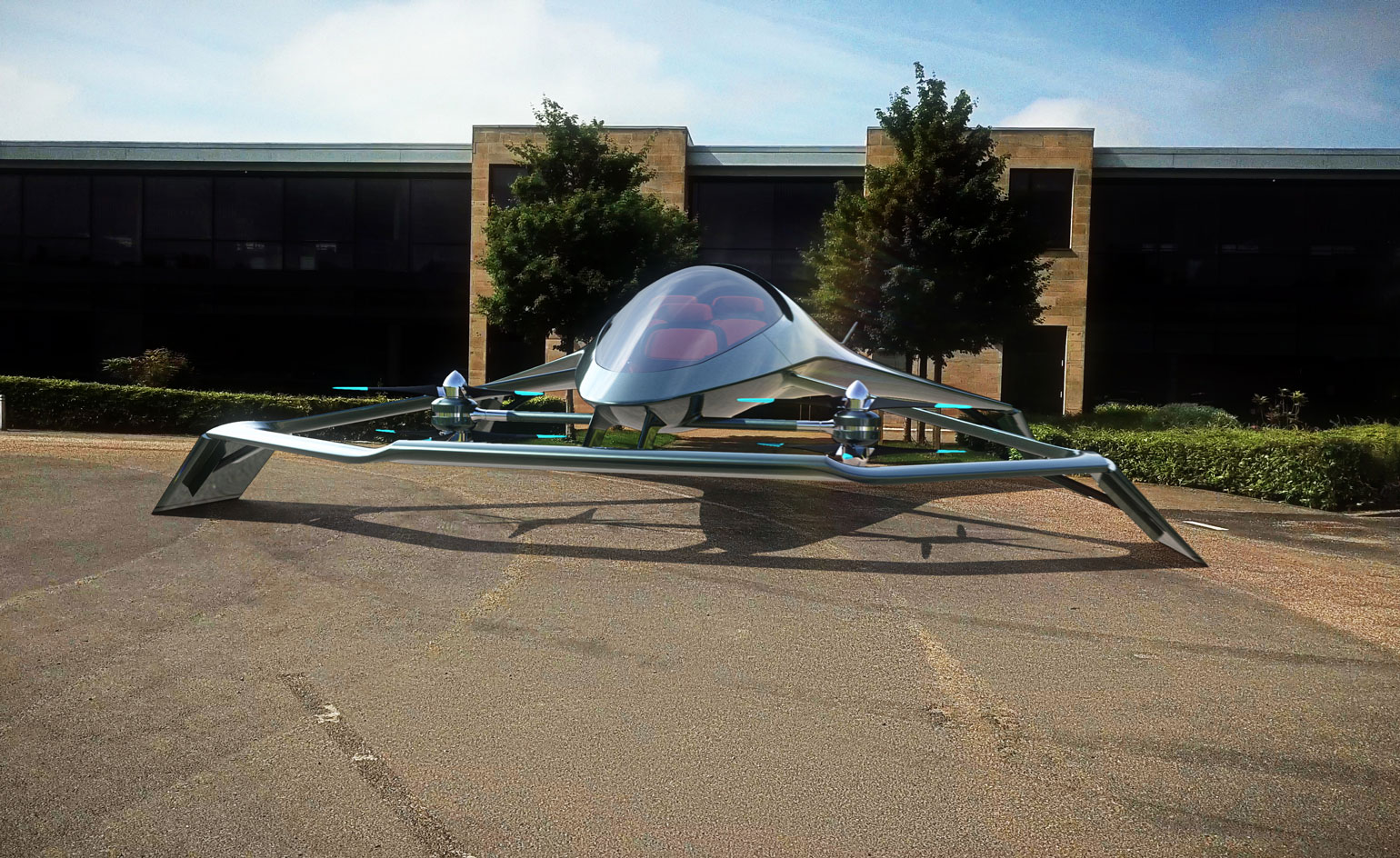
A well-known brand shouldn't be constrained in any way. The right design approach allows big names to nimbly hop between sectors and boundaries, taking its loyal customers on a journey to whole new realms. That’s the thinking behind the Volante Vision Concept, a striking new design from Aston Martin and a clutch of aero industry specialists, including Cranfield University, Cranfield Aerospace Solutions, and jet engine manufacturers Rolls-Royce. Debuting at this month’s Farnborough Air Show, the Volante is more than a clever play on words (the name, used by Aston on its convertible models for many decades, is the Italian word for ‘flying’).
Instead, this is a vision of future air transport, a luxury three-seater that uses a hybrid-electric power train and can take off and land vertically from anywhere. For now, this kind of craft is strictly hypothetical, although the likes of Uber are reportedly well advanced on plans for a passenger drone infrastructure. Aston Martin believes, not unreasonably, that there'll be big demand for a premium version of this kind of service. As a result, the company has deployed its considerable design acumen into making the Volante Vision Concept quite unlike anything else you’ve ever seen.
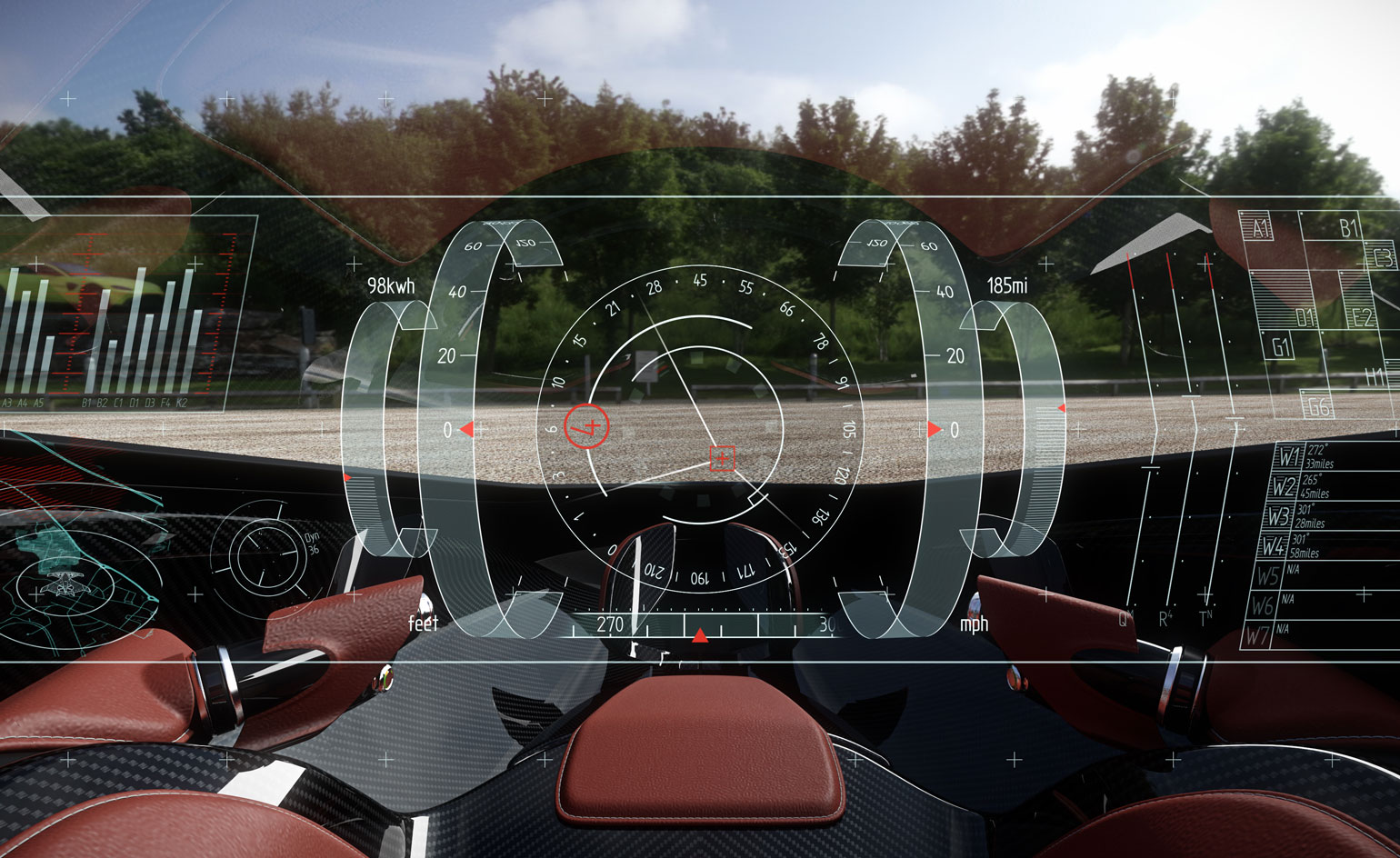
The aircraft’s sleek torpedo-like fuselage contains three seats in a 1-2 configuration, with a large horizontally mounted turbo-prop to the aft, faired into the rear wing design. At the front, a Y-shaped wing arrangement envelopes two pairs of tilting and rotating propellers, giving the craft the extreme manoeuvrability needed to operate in the urban environment. The forms are simple, flowing and elegant, evoking AM’s upcoming Valkyrie hypercar. Autonomous navigation is paired with exceptional performance, while the all-glass cockpit projects information onto the huge bubble canopy.
Aston Martin’s CEO, Dr Andy Palmer, describes the craft as a ‘luxury mobility concept,’ envisioning it as the transportation of choice for hops from business districts to urban airports, country retreats or other urban centres. A whole field of legislative hurdles need to be cleared before such craft can take to the skies. By assembling a strong team of British innovators to explore the available options, Aston Martin’s bold piece of blue-sky thinking could help it get ahead in this next generation air race.
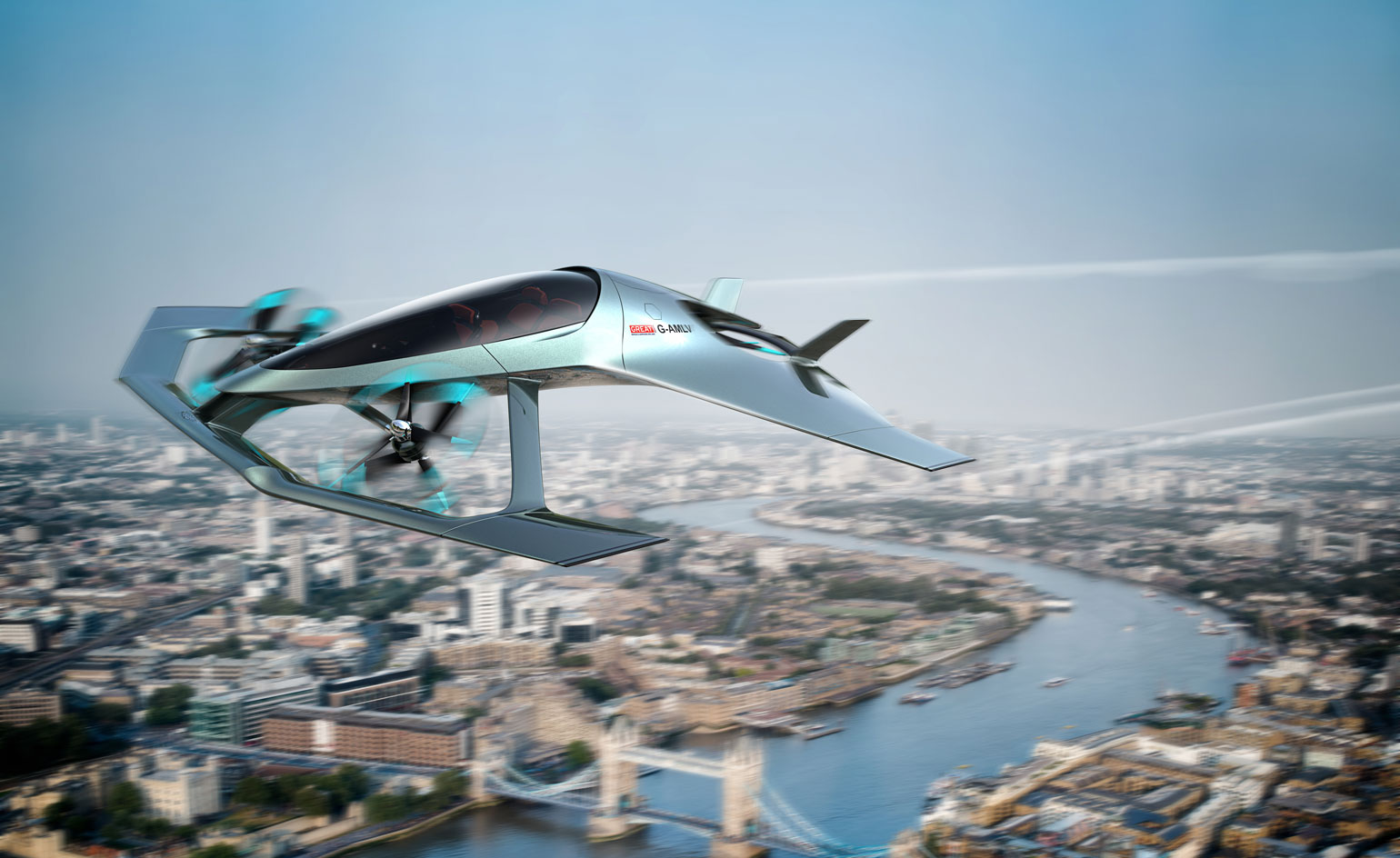
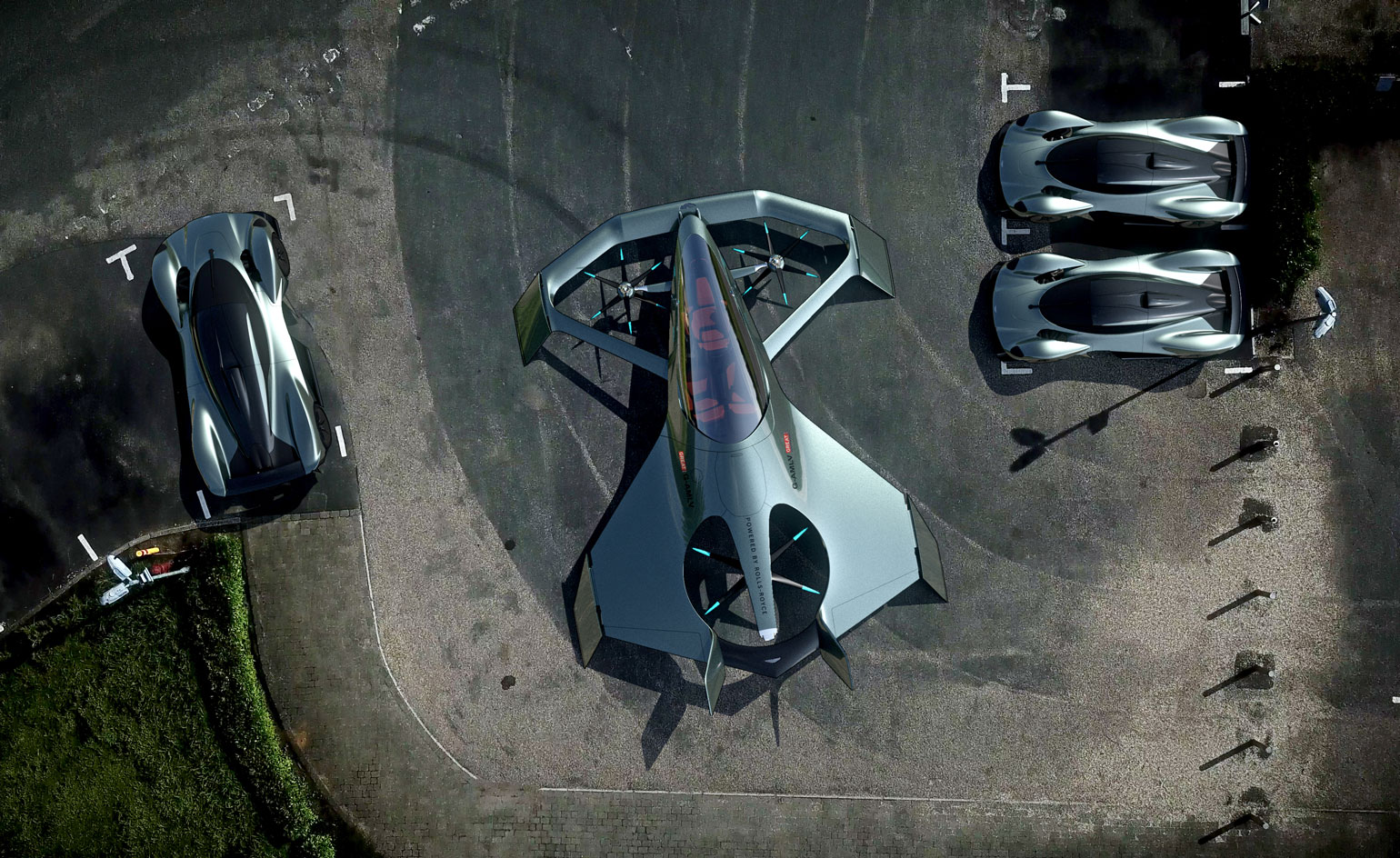
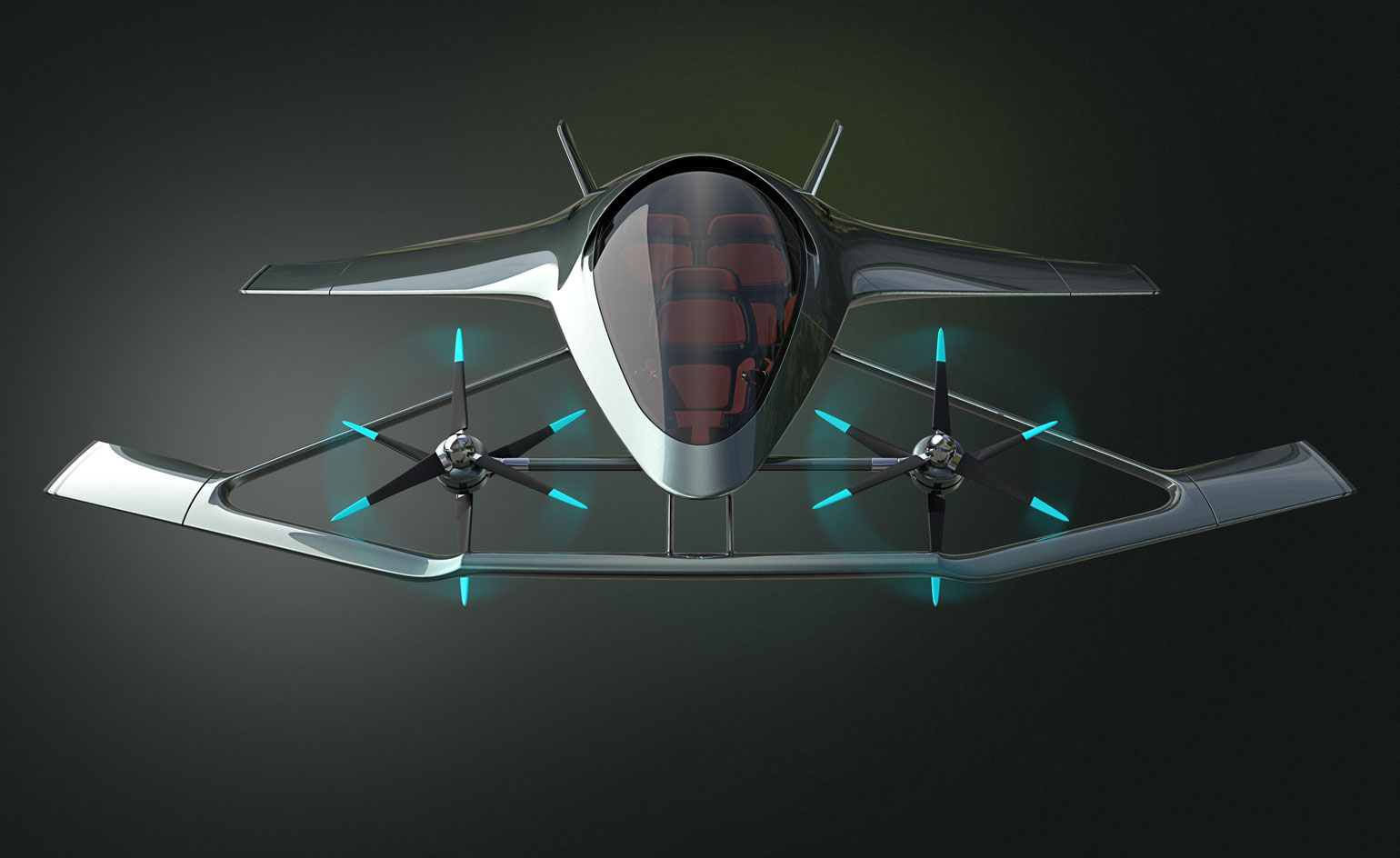

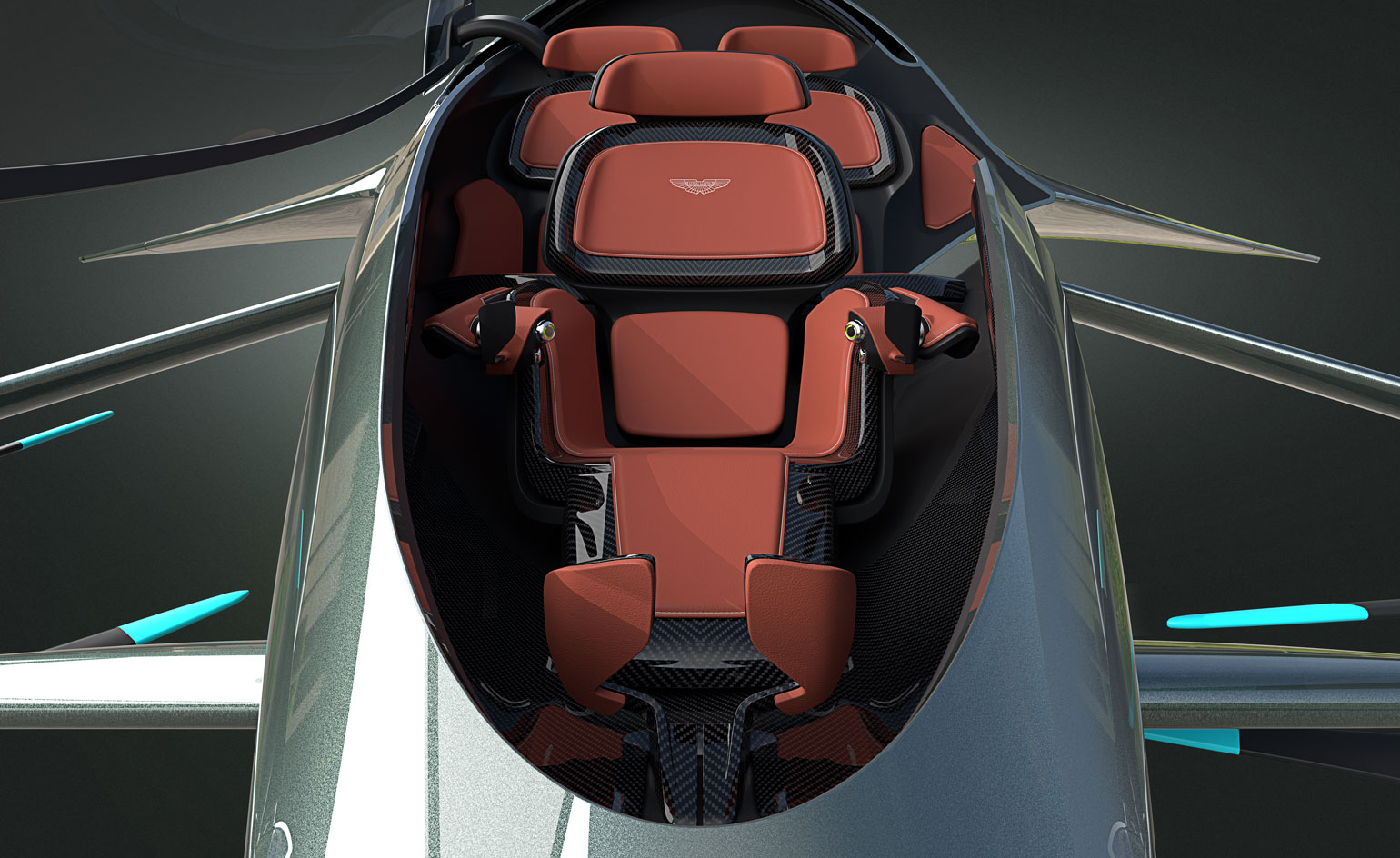
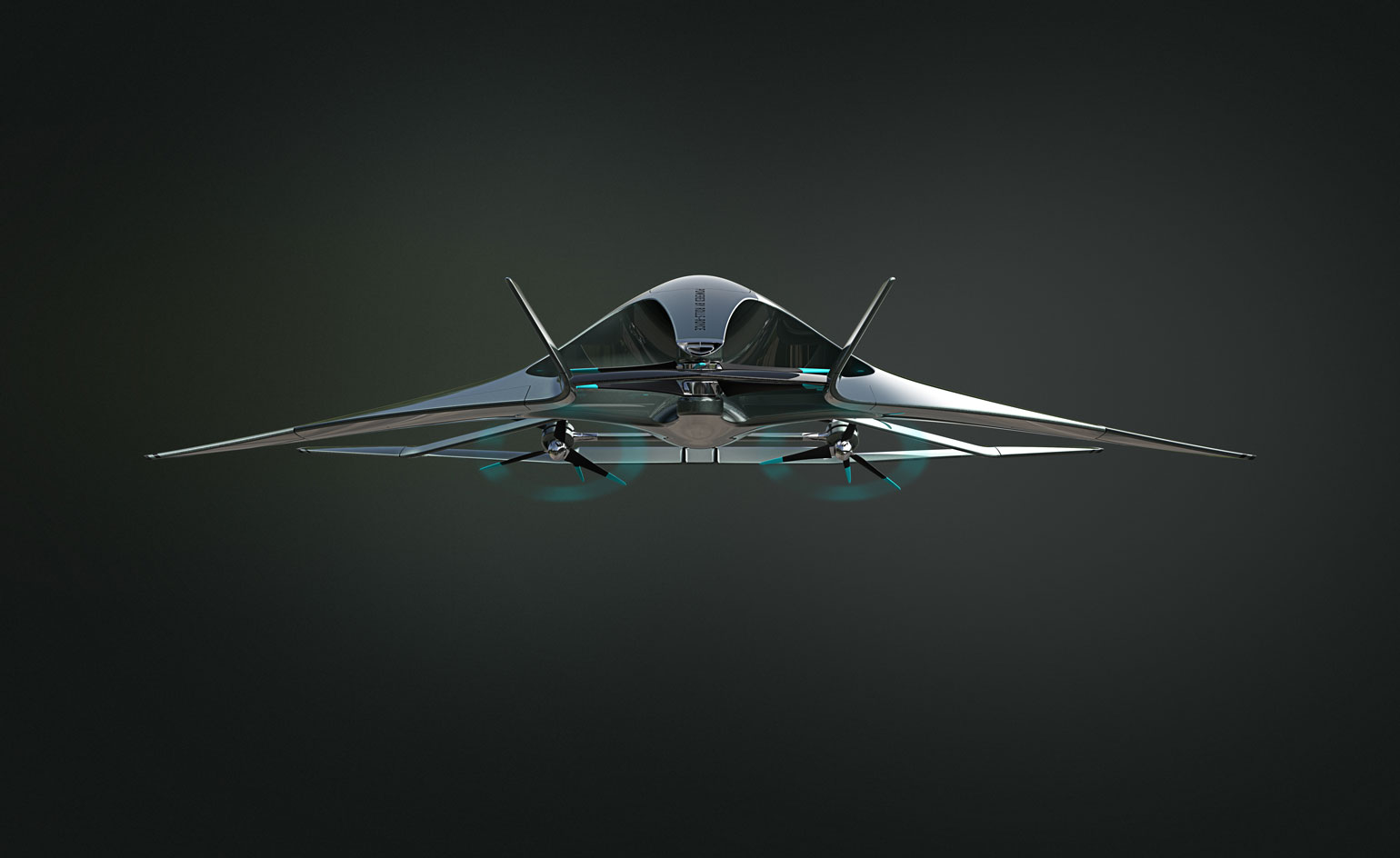
INFORMATION
For more information, visit the Aston Martin website
Receive our daily digest of inspiration, escapism and design stories from around the world direct to your inbox.
Jonathan Bell has written for Wallpaper* magazine since 1999, covering everything from architecture and transport design to books, tech and graphic design. He is now the magazine’s Transport and Technology Editor. Jonathan has written and edited 15 books, including Concept Car Design, 21st Century House, and The New Modern House. He is also the host of Wallpaper’s first podcast.
-
 Rediscover a classic midcentury hotel in Sydney
Rediscover a classic midcentury hotel in SydneyFender Katsalidis leads a major renovation of the landmark Sofitel Sydney Wentworth hotel, pairing 1960s modernism with an elevated, Australian-minded reset
-
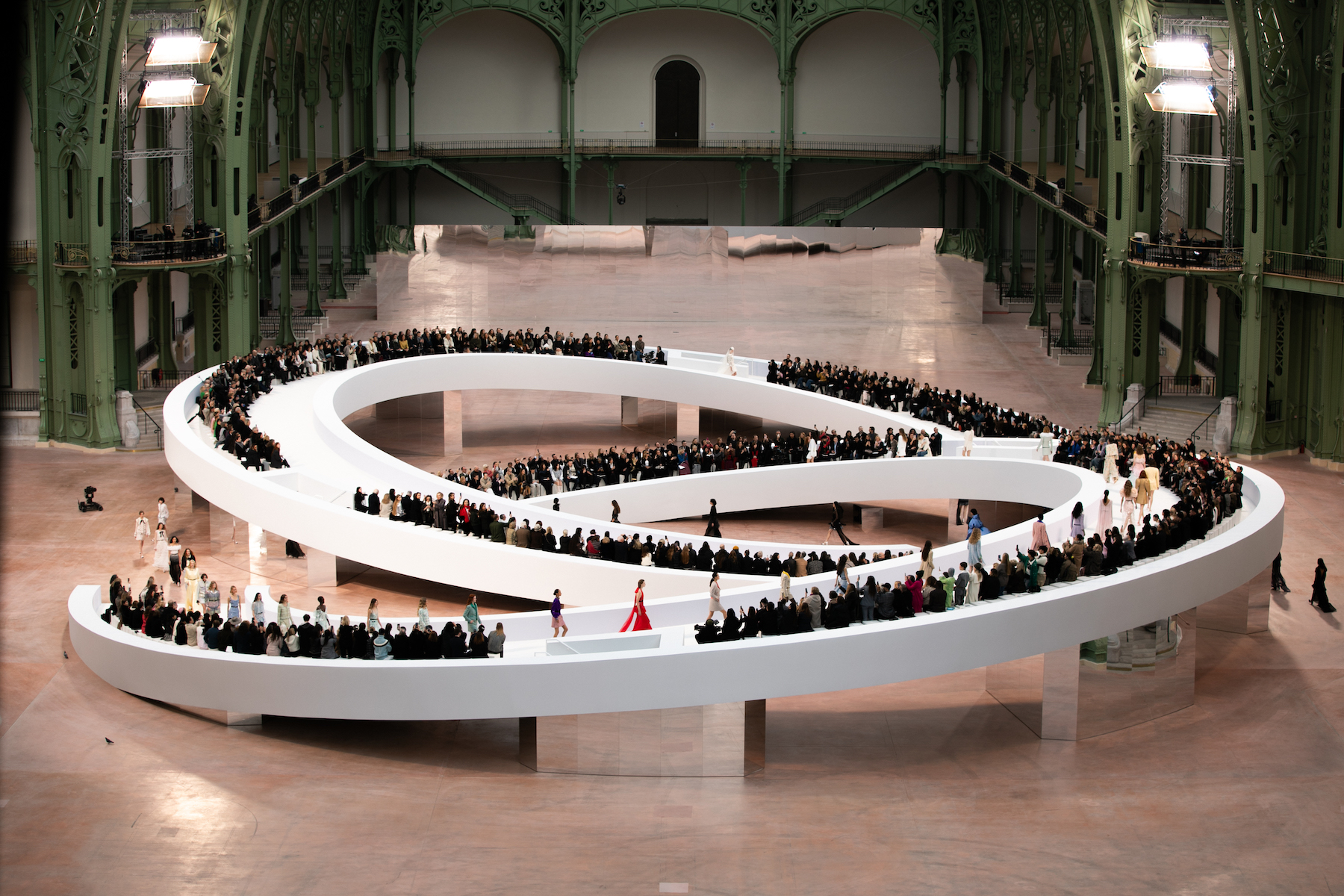 Haute Couture Week A/W 2025: what to expect
Haute Couture Week A/W 2025: what to expectFive moments to look out for at Haute Couture Week A/W 2025 in Paris (starting Monday 7 July), from Glenn Martens’ debut for Maison Margiela to Demna’s Balenciaga swansong. Plus, ‘new beginnings’ from JW Anderson
-
 Inside Frank Lloyd Wright’s Laurent House – a project built with accessibility at its heart
Inside Frank Lloyd Wright’s Laurent House – a project built with accessibility at its heartThe dwelling, which you can visit in Illinois, is a classic example of Wright’s Usonian architecture, and was also built for a client with a disability long before accessibility was widely considered
-
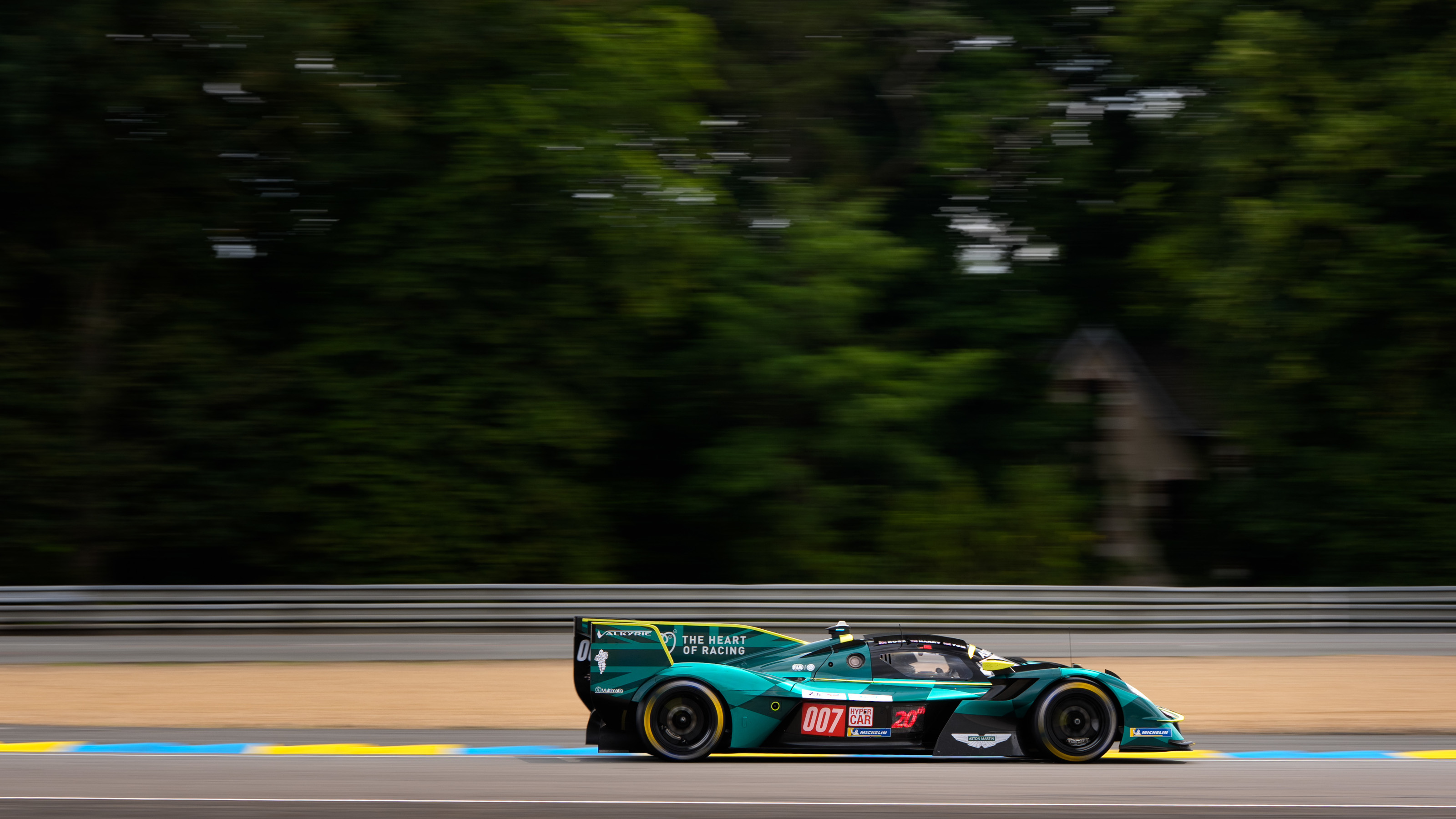 The Valkyrie returns Aston Martin to top-level Le Mans competition
The Valkyrie returns Aston Martin to top-level Le Mans competitionWallpaper* went trackside to witness the Aston Martin Valkyrie's impressive showing at the 24 Hours of Le Mans 2025
-
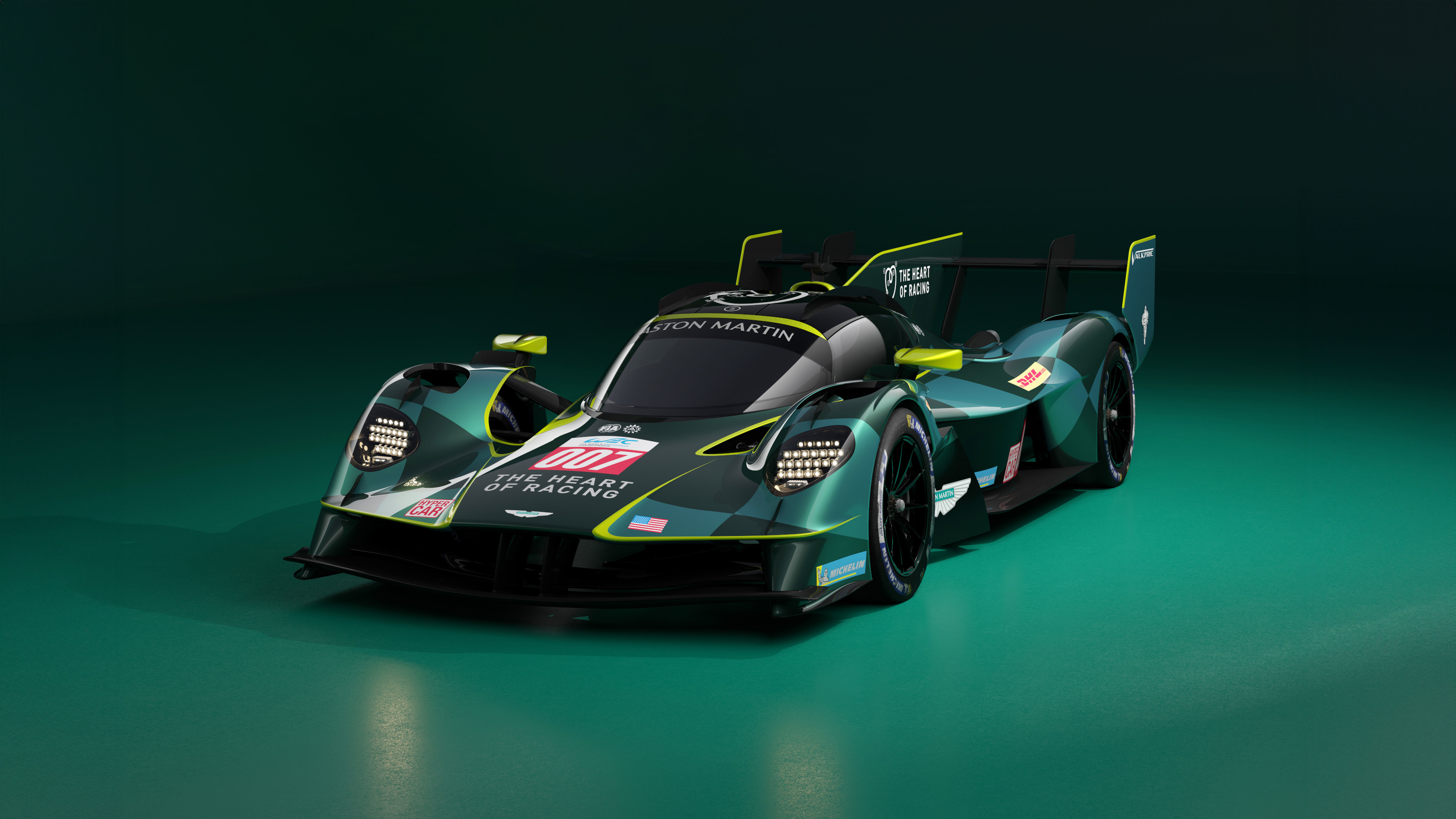 Aston Martin reveals first ever racing variant of its extreme Valkyrie hypercar
Aston Martin reveals first ever racing variant of its extreme Valkyrie hypercarAiming to conquer Le Mans, as well as other endurance races around the world, Aston Martin and The Heart of Racing unveil the track-focused Valkyrie WEC and IMSA challenger
-
 The new Aston Martin Vantage Roadster gives you an elemental experience
The new Aston Martin Vantage Roadster gives you an elemental experienceEvery statistic about the new Vantage Roadster screams speed; this is a convertible for those in a hurry and unafraid to make a noise about it
-
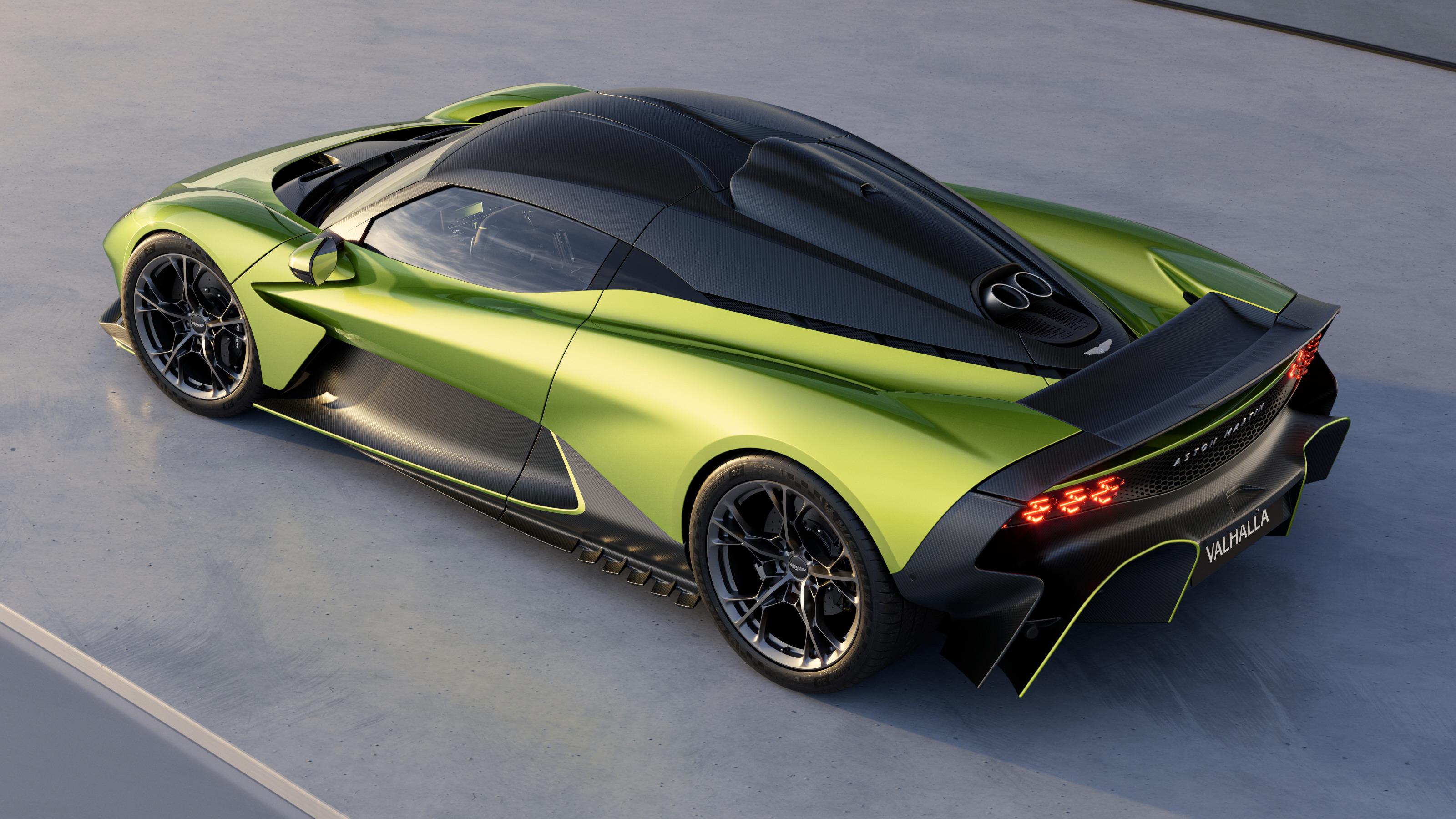 Raise your horns: Aston Martin’s Valhalla blends race-car dynamics and high-tech craft
Raise your horns: Aston Martin’s Valhalla blends race-car dynamics and high-tech craftValhalla is the first ever mid-engine series production Aston Martin, a hybrid V8 limited to 999 units
-
 Aston Martin bring the Midas touch to their super tourer with the DB12 Goldfinger Edition
Aston Martin bring the Midas touch to their super tourer with the DB12 Goldfinger EditionReleased in honour of the sixtieth anniversary of the iconic James Bond film, Aston Martin has gone all out to the DB12 Goldfinger Edition a worthy collector’s item for high rolling film fans
-
 The new V12-powered Aston Martin Vanquish arrives to conquer the world of luxury GT cars
The new V12-powered Aston Martin Vanquish arrives to conquer the world of luxury GT carsThe luxury British marque’s new Vanquish flagship is absolutely, positively, definitely, its final flirtation with V12 power. Or is it?
-
 Could a car be any more muscular? Aston Martin unleashes the bold and brutalist Valiant
Could a car be any more muscular? Aston Martin unleashes the bold and brutalist ValiantEquipped with a V12 engine, manual gearbox and chiselled bodywork, the limited-edition Aston Martin Valiant is the company’s most extreme front-engined road car to date
-
 Aston Martin Vantage review: we take the wheel to find out if it makes the supercar grade
Aston Martin Vantage review: we take the wheel to find out if it makes the supercar gradeThe new Aston Martin Vantage is an upgrade on every conceivable metric, resulting in a machine with more power, luxury and dynamic ability than ever before